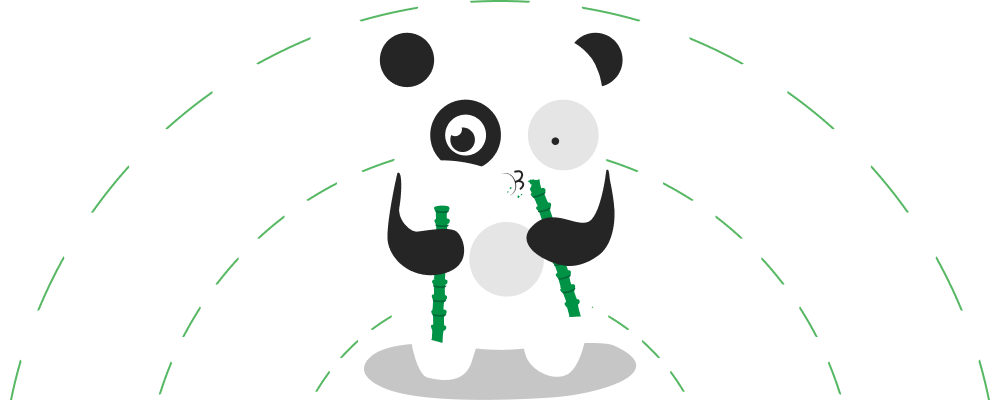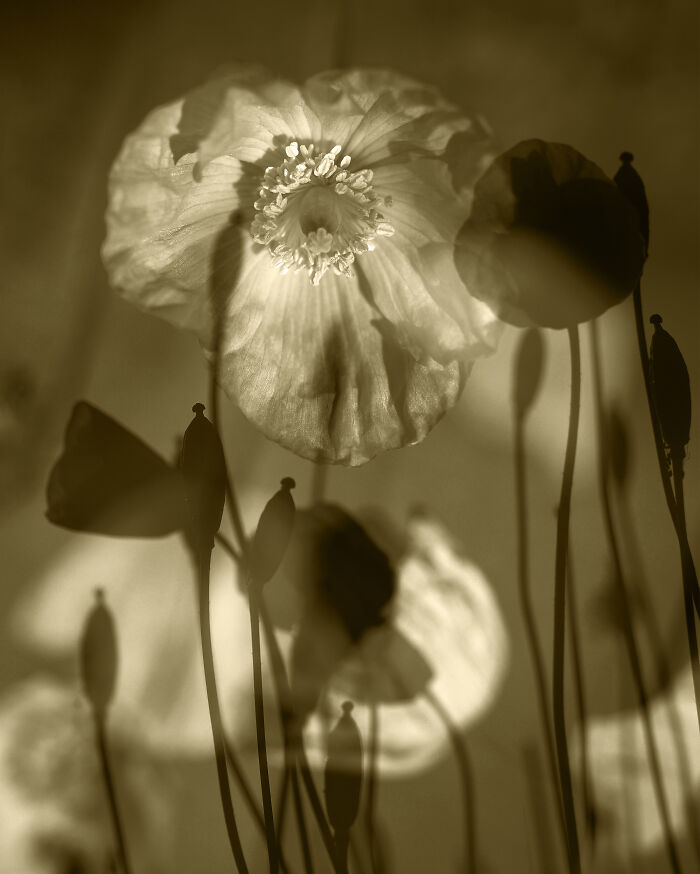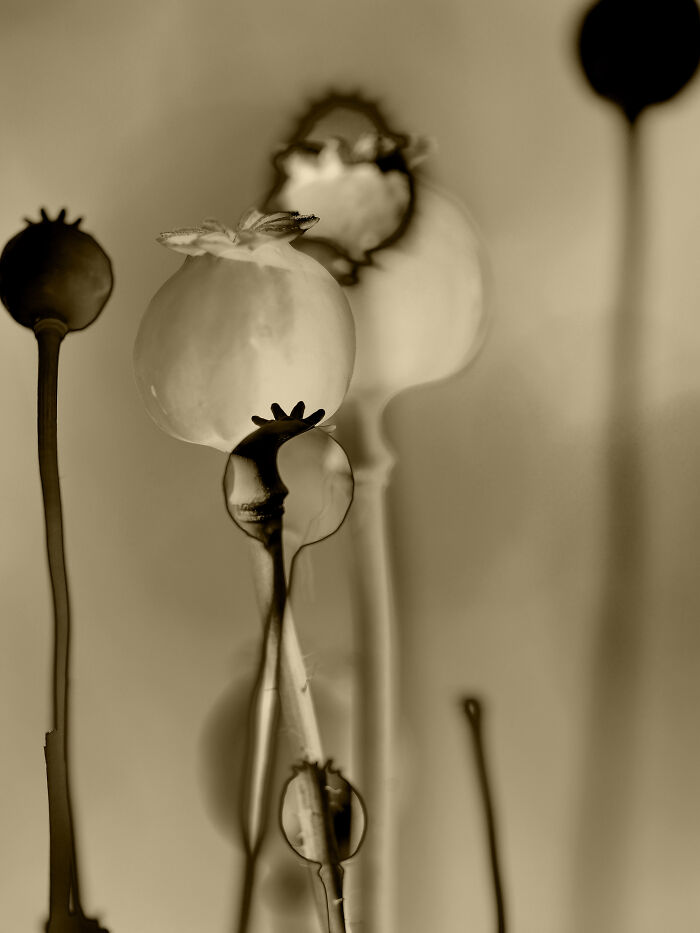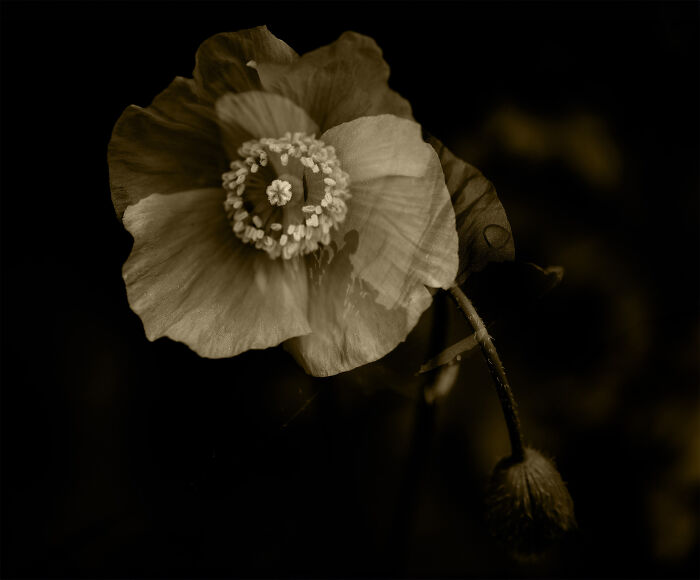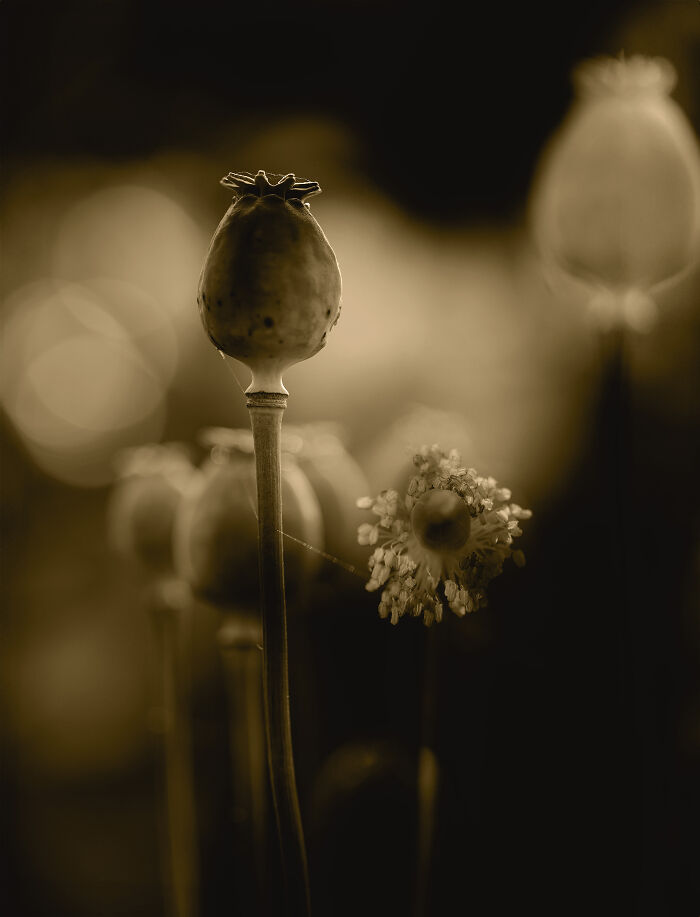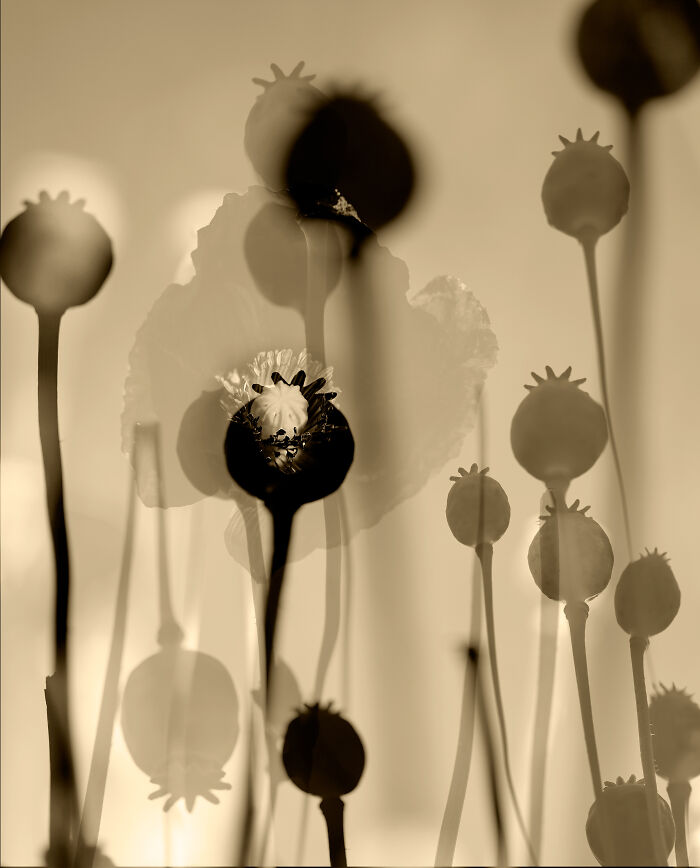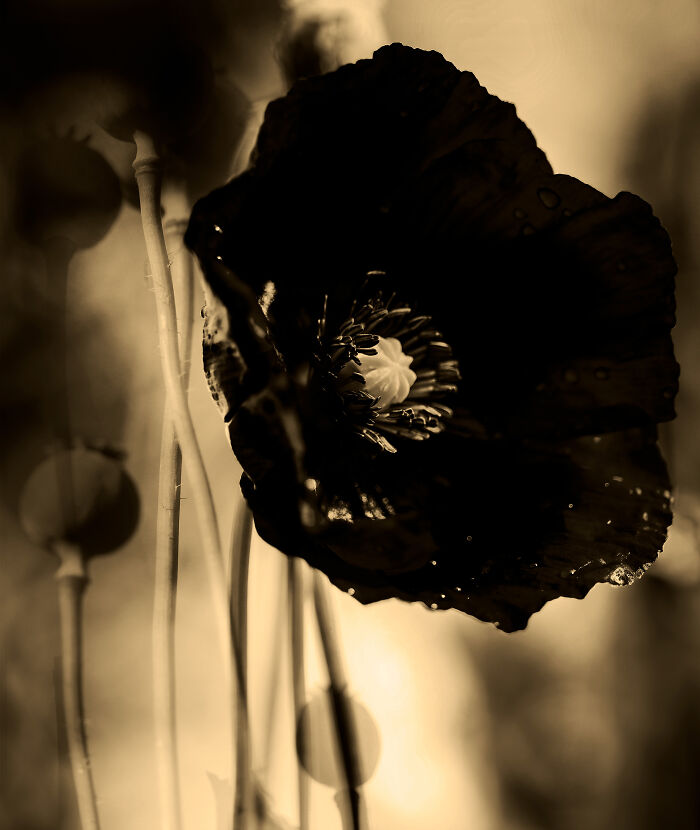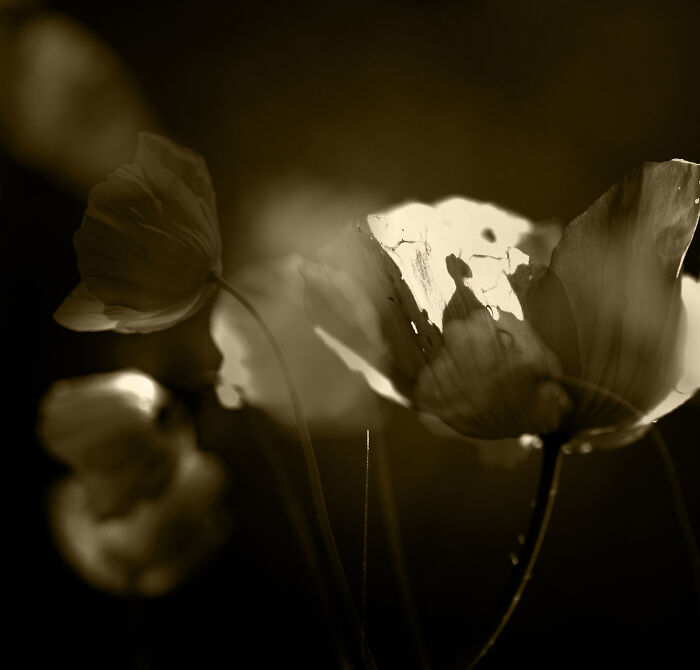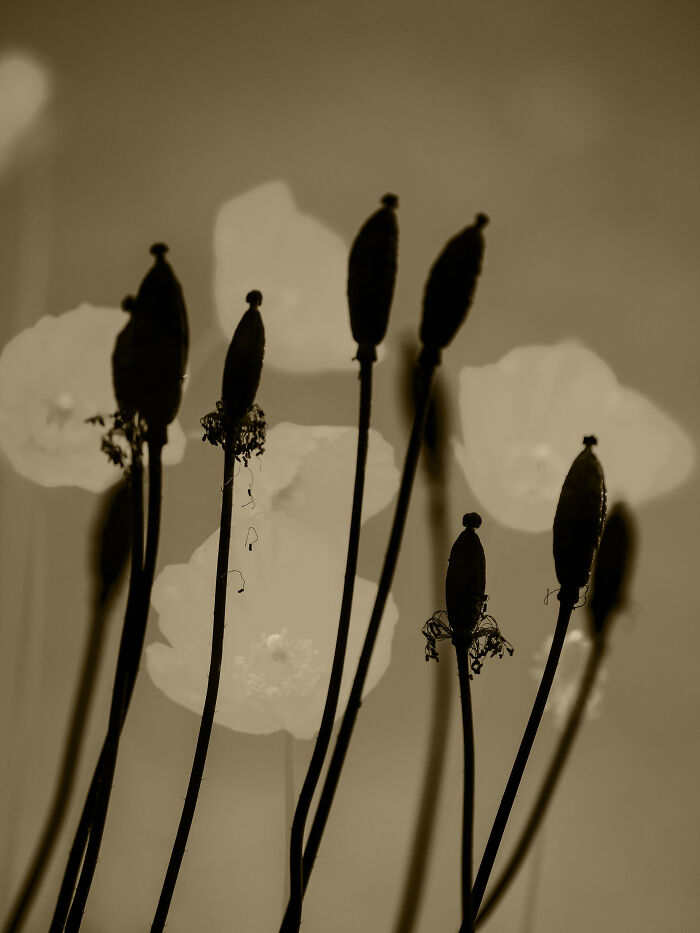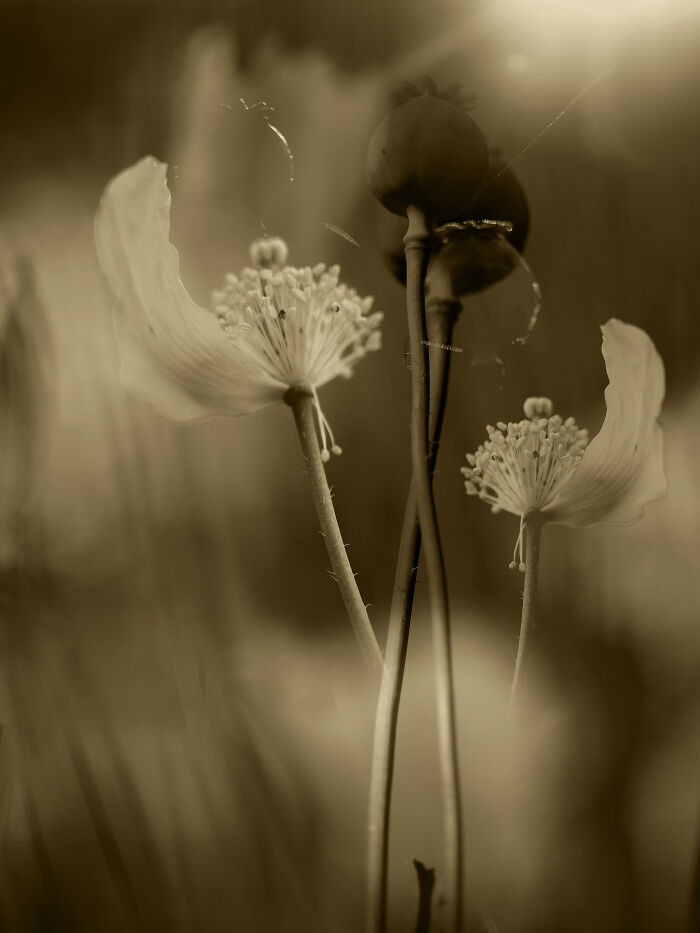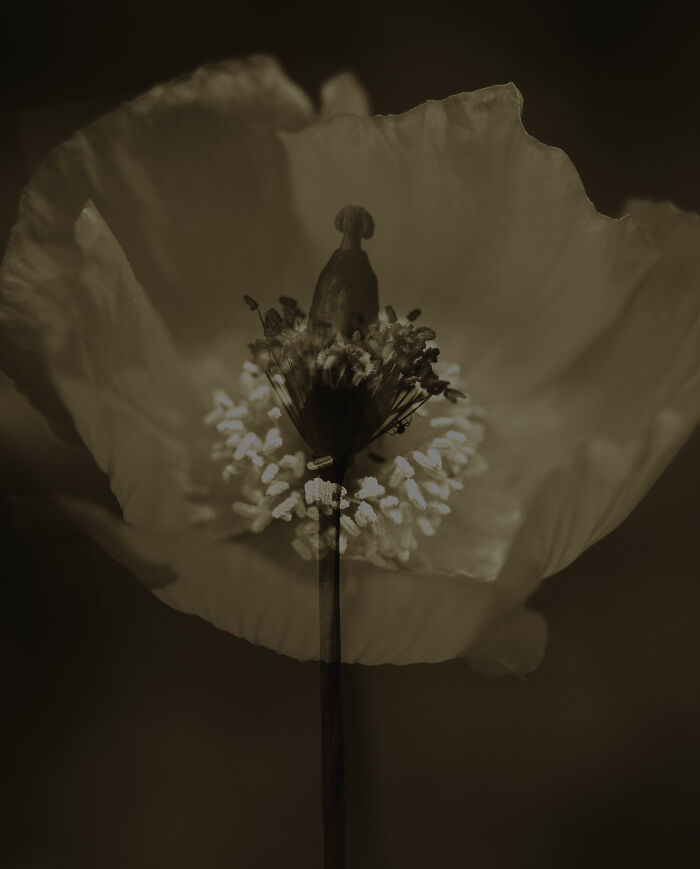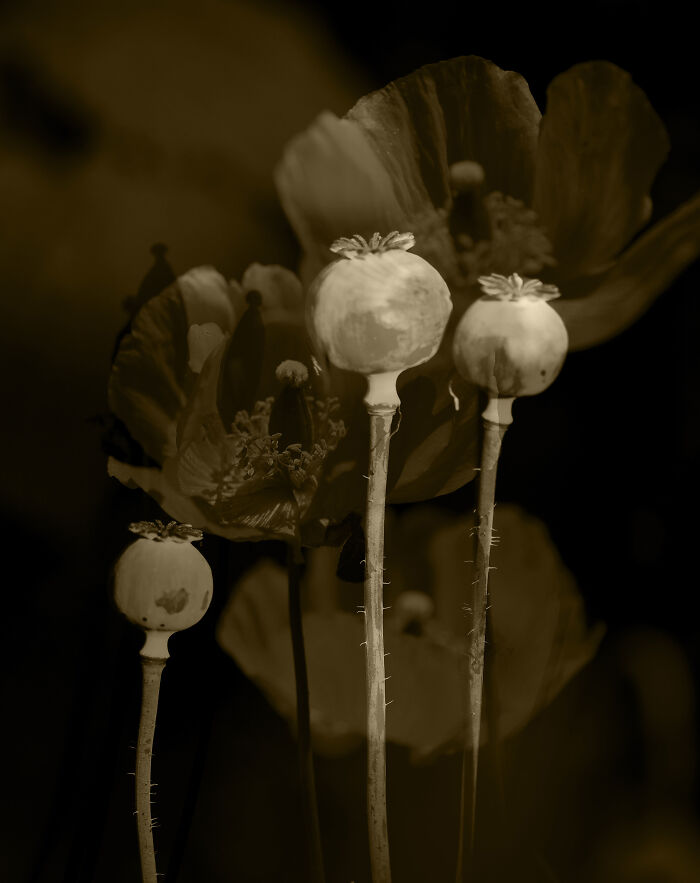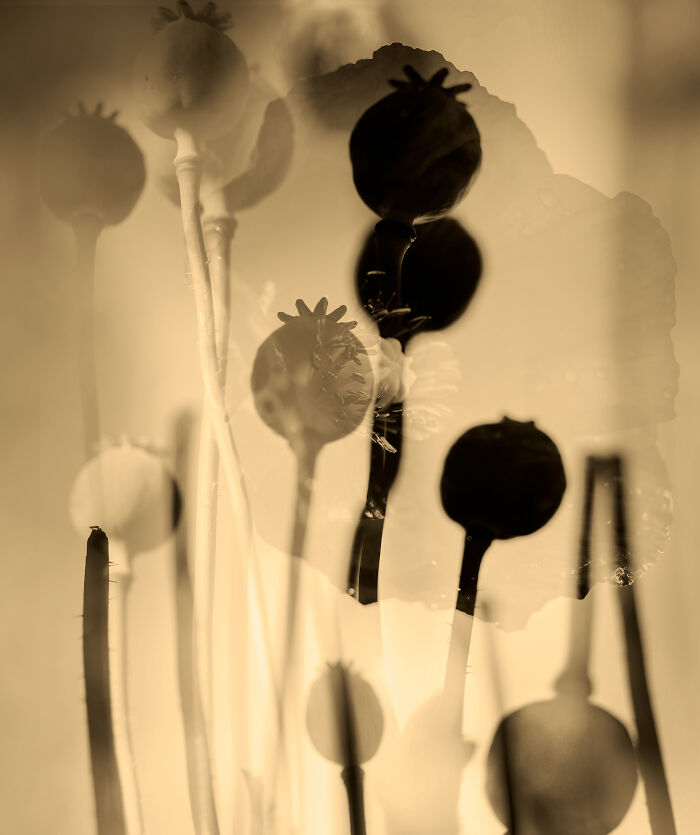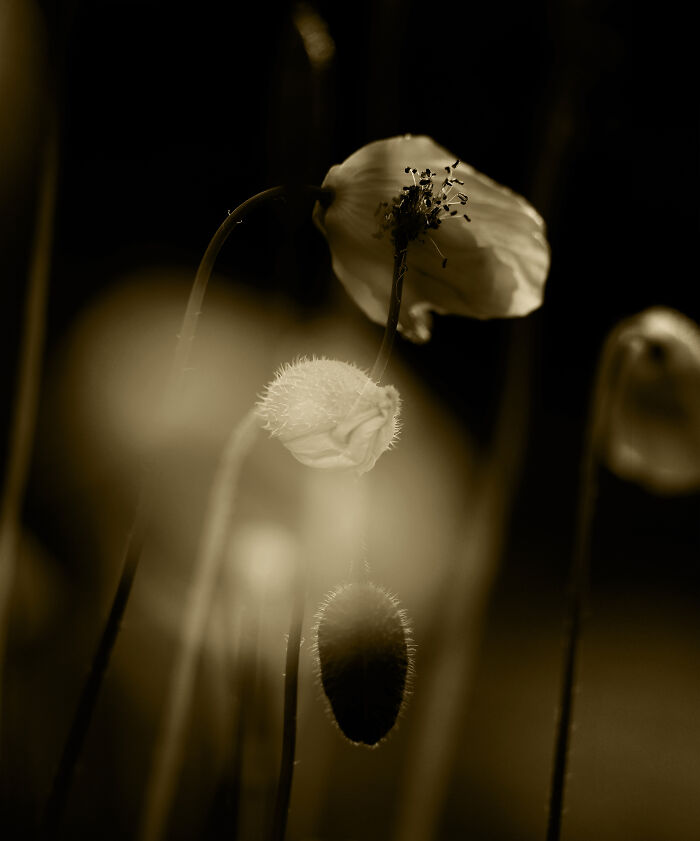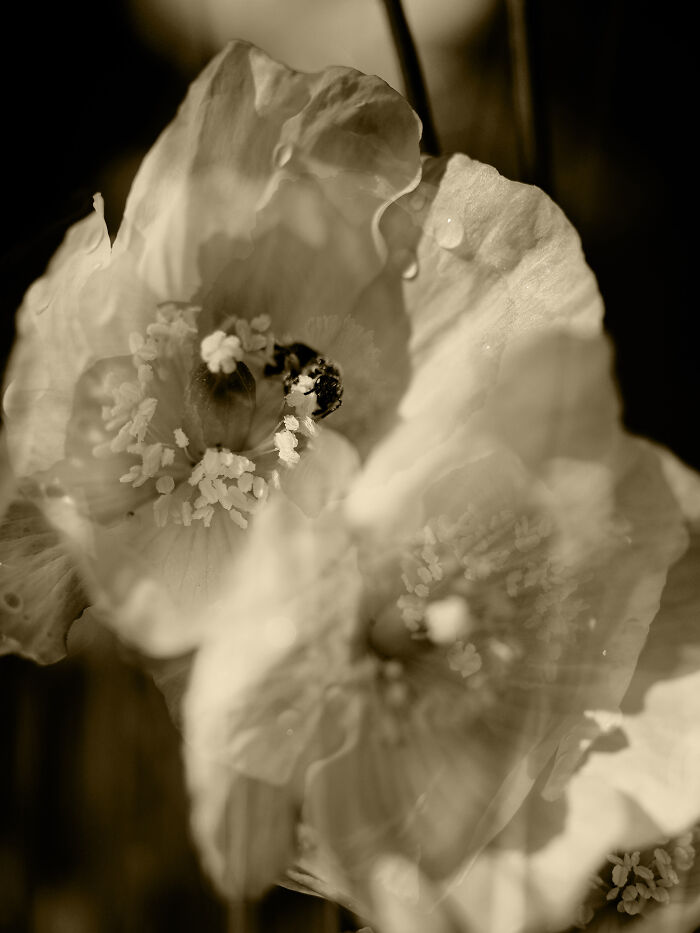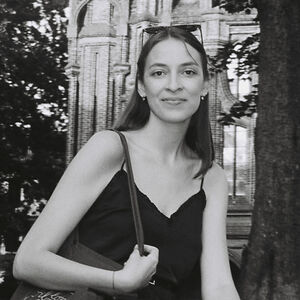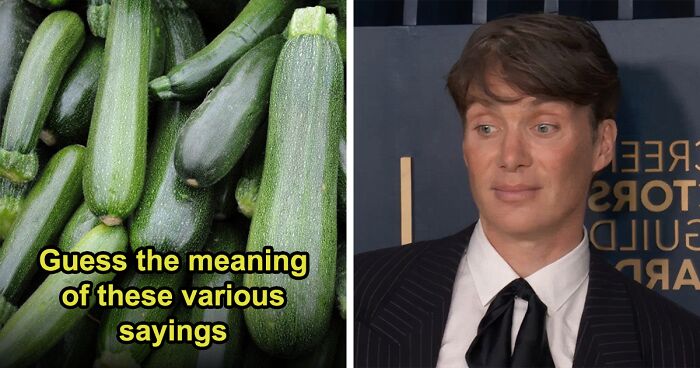All About Photo is proud to present "The Illusion of Poppies" by Julie Wang as its March Solo Exhibition.
"This series began with a simple observation—a poppy flower, a poppy seed. Yet, each time I encountered them, images would surface in my mind, unbidden and instantaneous. It was as if every new sight folded into past impressions, merging with fragments of memory. This reflection was not deliberate but instinctive, a process beyond my control. I gradually realized that my act of seeing was not merely about the present moment; it was an entanglement of past, present, and imagined realities."
More info: all-about-photo.com | juliewangsimages.com | Instagram
This post may include affiliate links.
Time Fading Into Itself
"Poppies have long been symbols of remembrance, dreams, and fleeting beauty—yet their presence is often ephemeral, dissolving like a vision upon waking. From 2021 to 2023, I went around as much as possible, searching for different kinds of poppies. I found three varieties, each distinct in color—red, orange, and dark purple. Alongside them, I discovered two different types of seeds: one small and round like a tiny ball, the other narrow and almond-shaped. These variations deepened my engagement with the subject, as each encounter added new layers to my perception and understanding.
As I sifted through the photographs I had taken, this experience continued to shape my perception. The way I edited the images was deeply affected by these unconscious layers of memory and emotion. It was during this process that I began to understand Dukkha—the Buddhist concept that all things are transient, unsatisfactory, and ultimately illusory. Dukkha speaks to the impermanence of everything we perceive, the way things appear to be solid but are constantly shifting, dissolving, and reforming in ways we cannot grasp entirely."
Ephemeral Echoes
Unfolding In Silence
"In The Illusion of Poppies, forms emerge and fade, edges soften into shadows, and details blur into impressions of what they once were—or what they seemed to be. The title itself speaks to the dual nature of perception: poppies, both real and imagined, hold the weight of memory yet remain elusive, slipping between presence and absence. The sepia tones lend a sense of nostalgia, reinforcing the idea that even as we attempt to preserve an image, it is already slipping away, transforming in the mind’s eye. As a series, it may seem to follow an order or sequence, yet I believe The Illusion of Poppies can begin with any image. The life cycle of the poppy is intertwined within each photograph—birth, bloom, decay, and renewal all exist simultaneously. Beginning and ending depend not on a fixed arrangement, but on the viewer’s gaze and how these images resonate within their own mind’s eye.
Through this interplay of perception, memory, and illusion, I invite viewers to consider the fragile nature of seeing: how each moment is a fleeting reconstruction, where reality is not fixed but fluid, shaped as much by what is before us as by what lingers within us."

 Dark Mode
Dark Mode 

 No fees, cancel anytime
No fees, cancel anytime 


